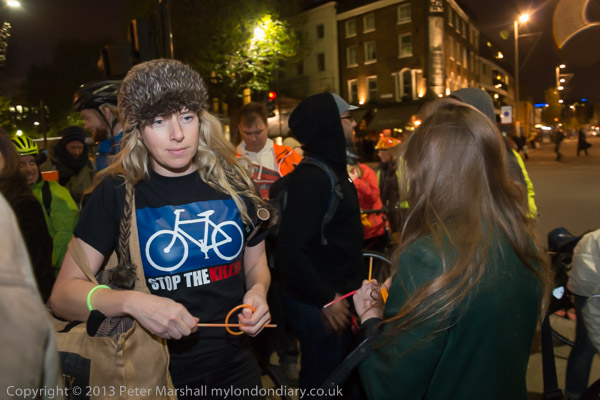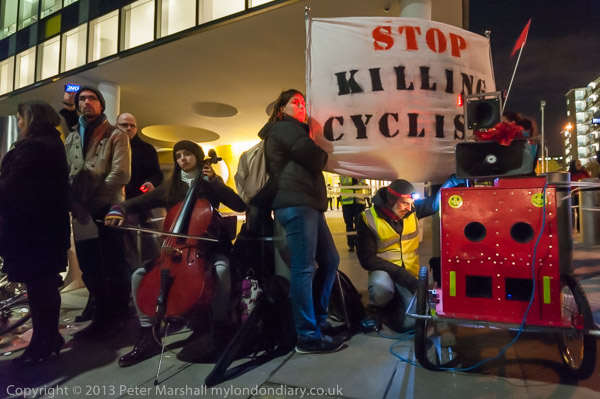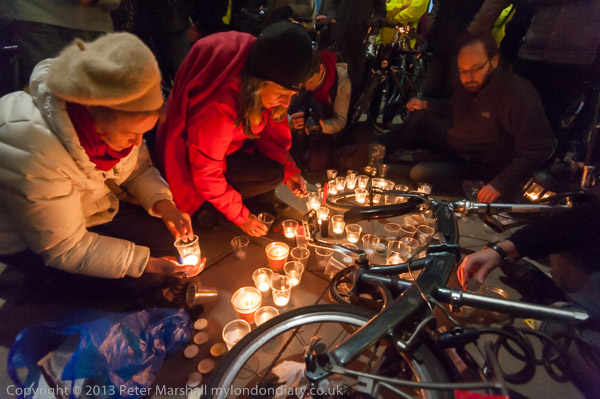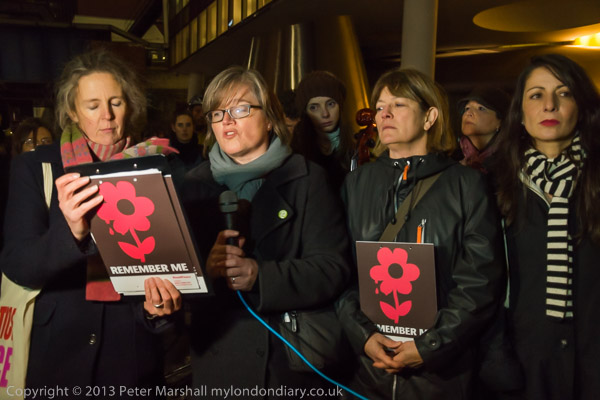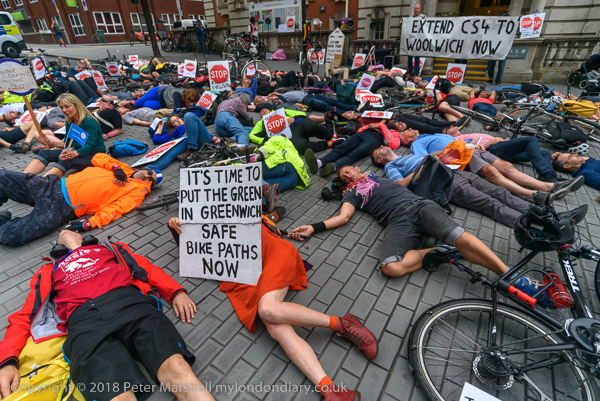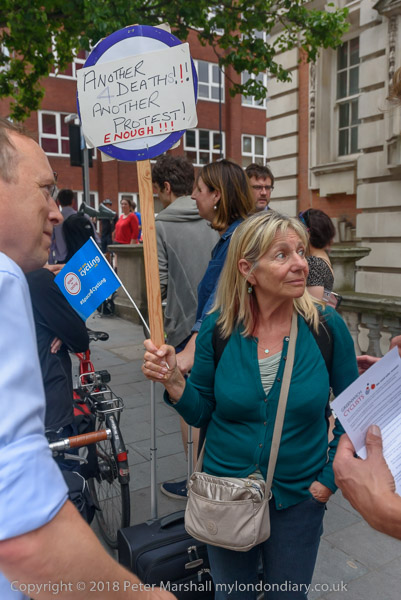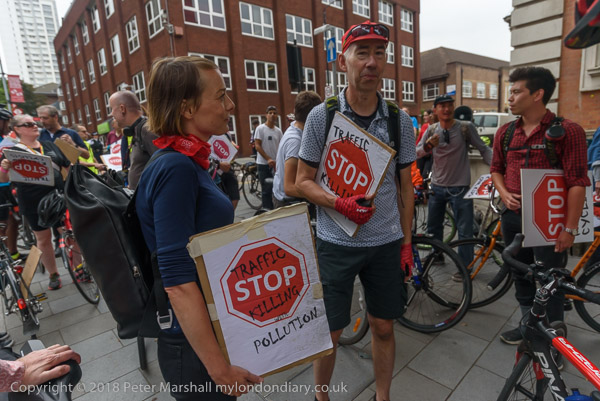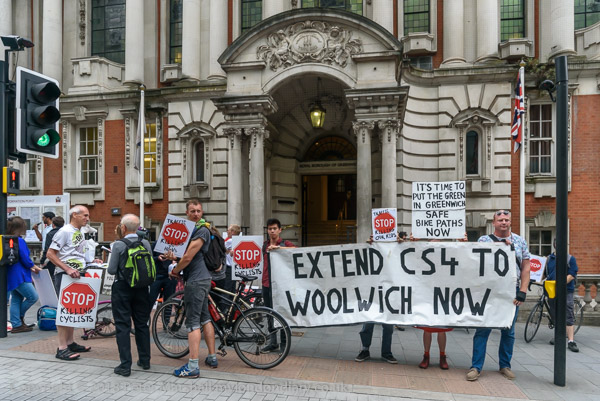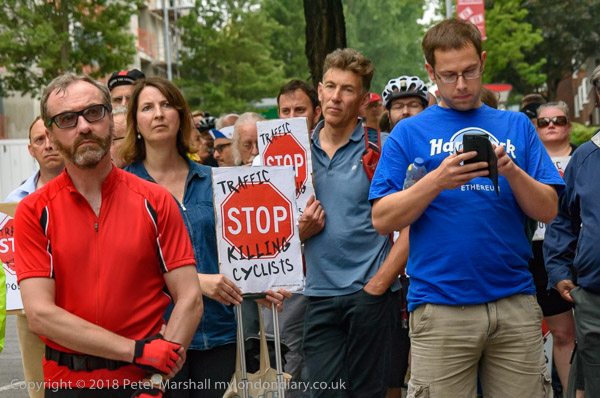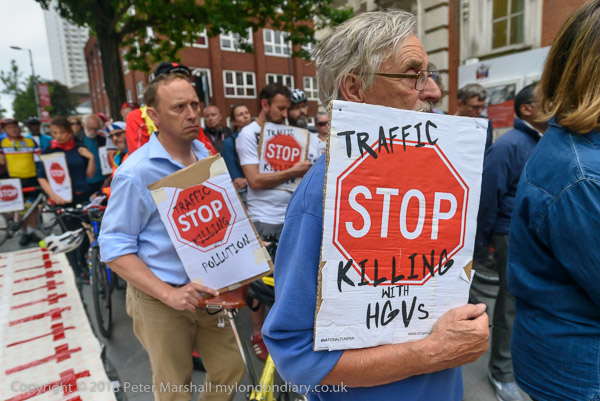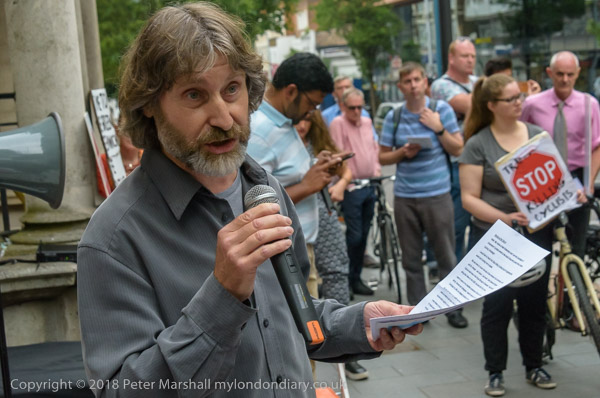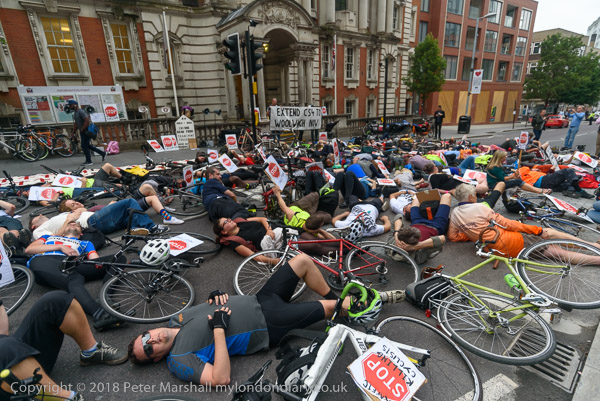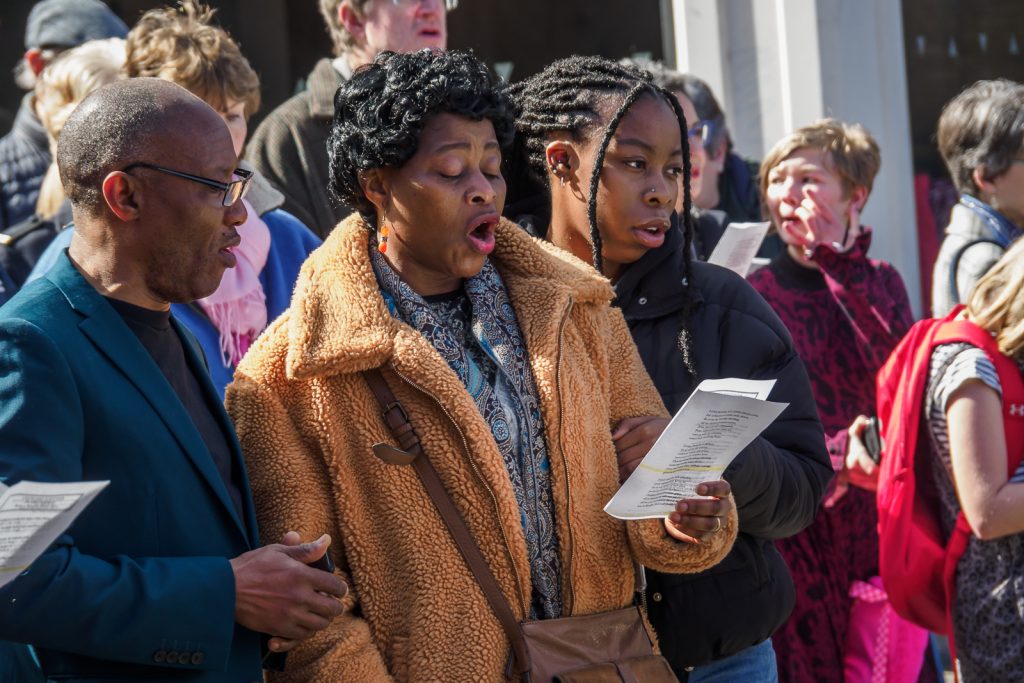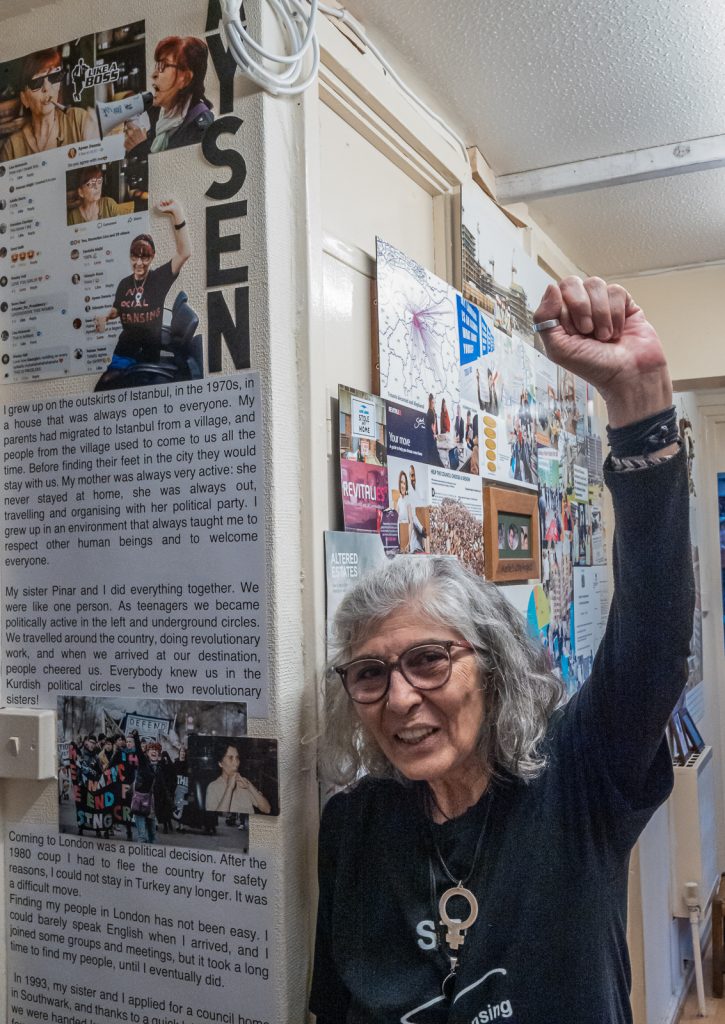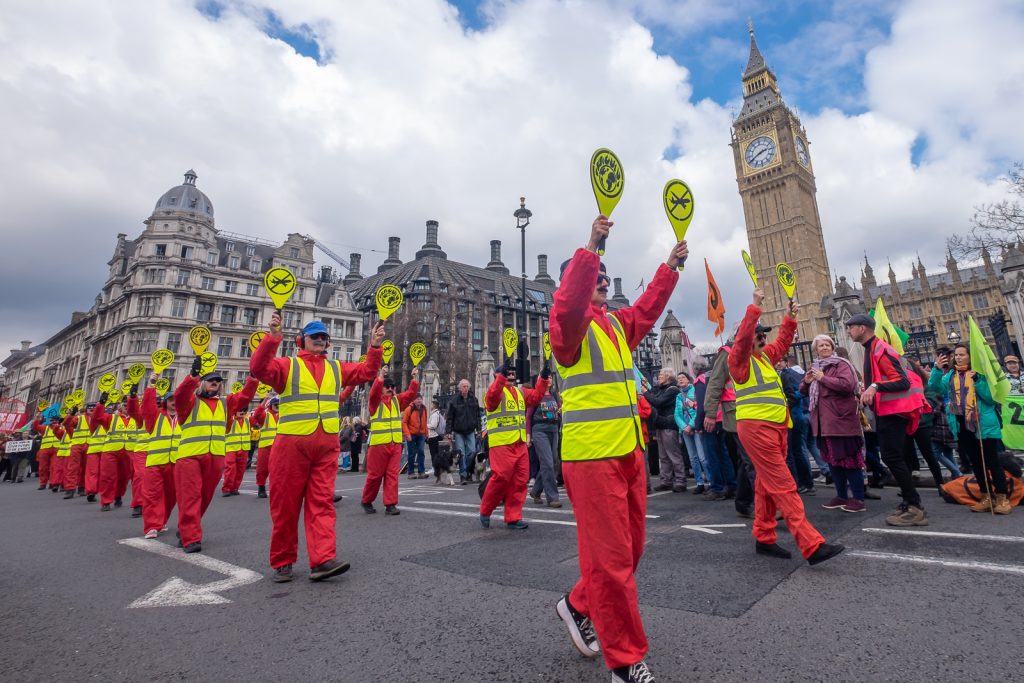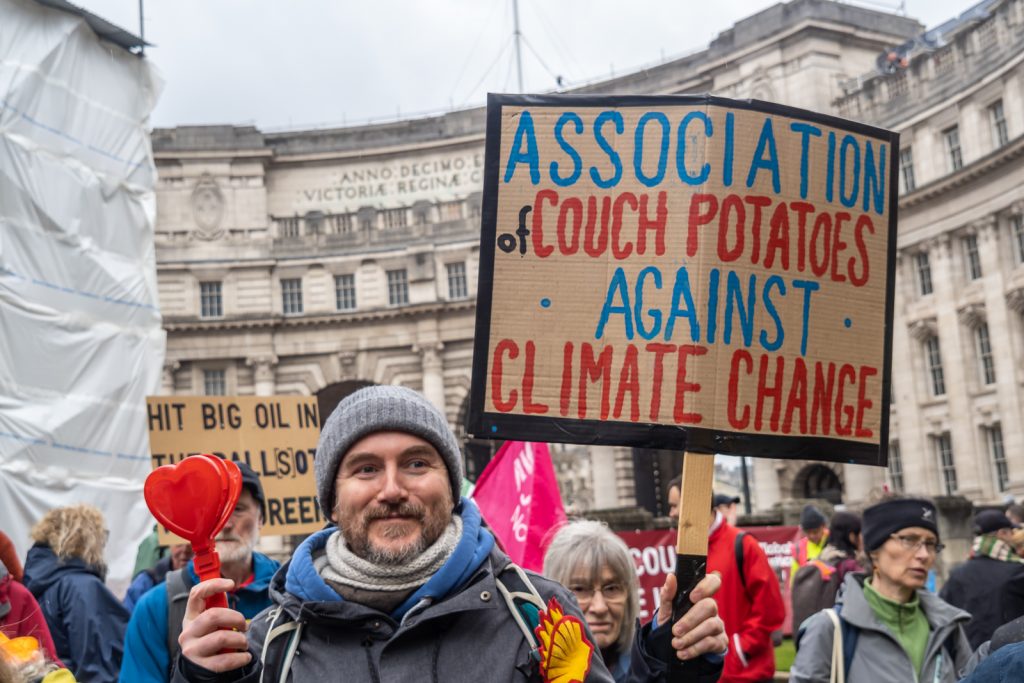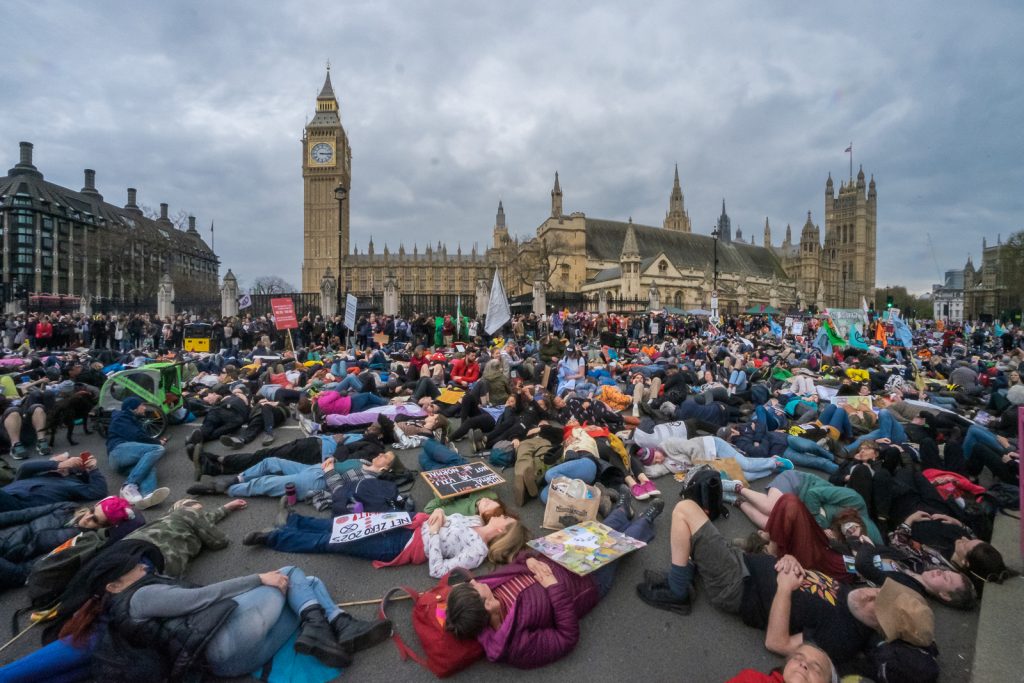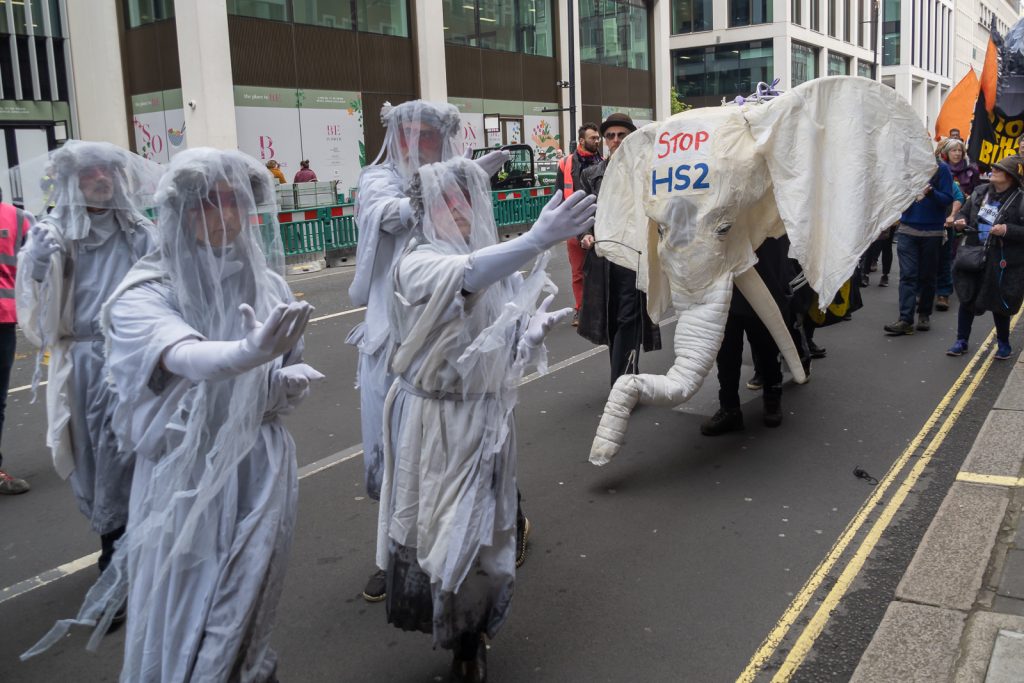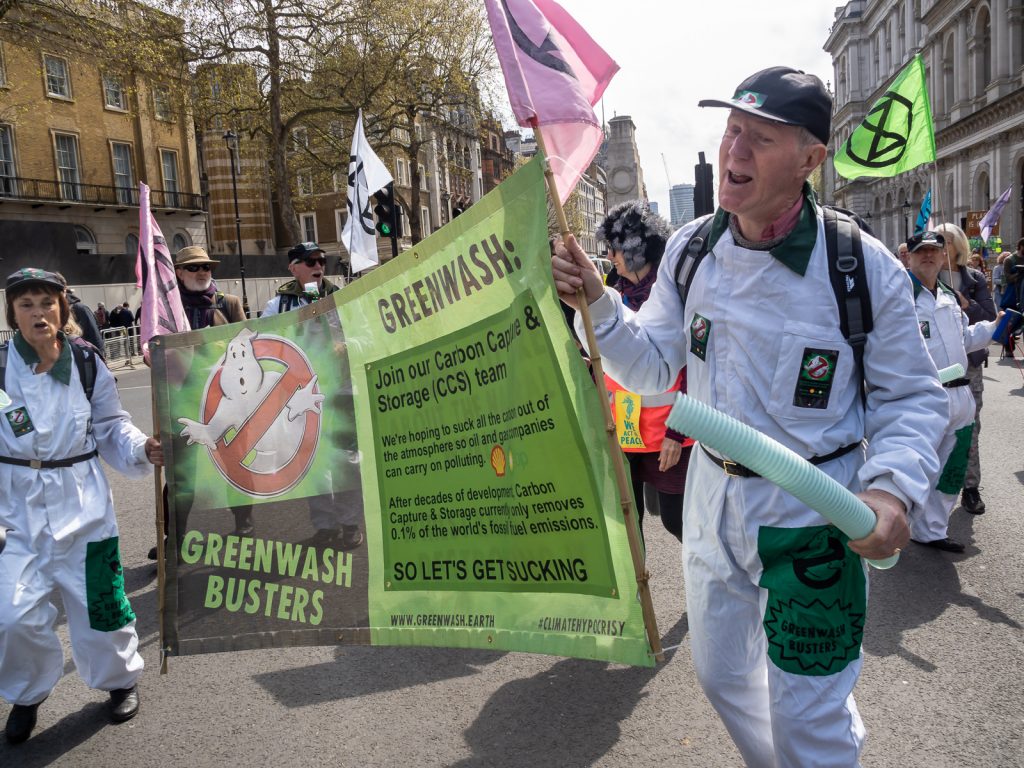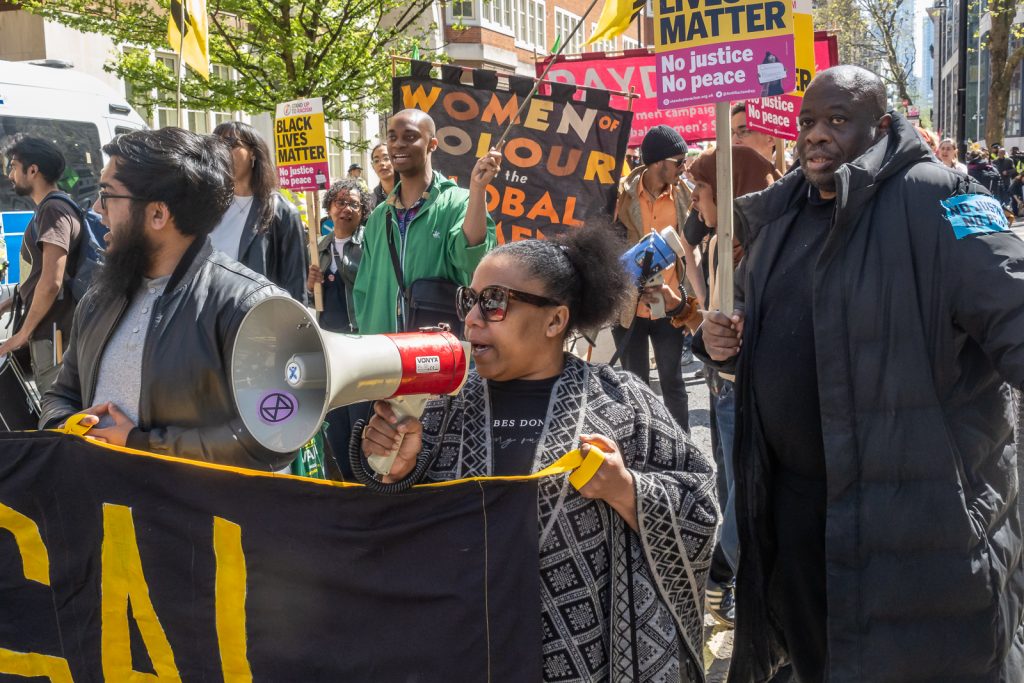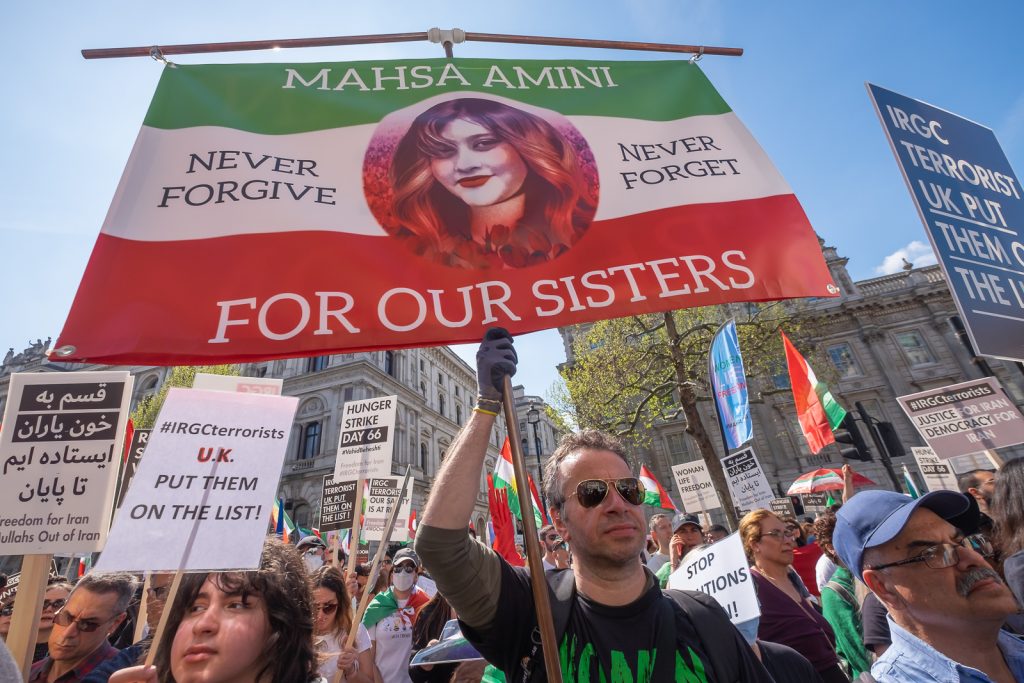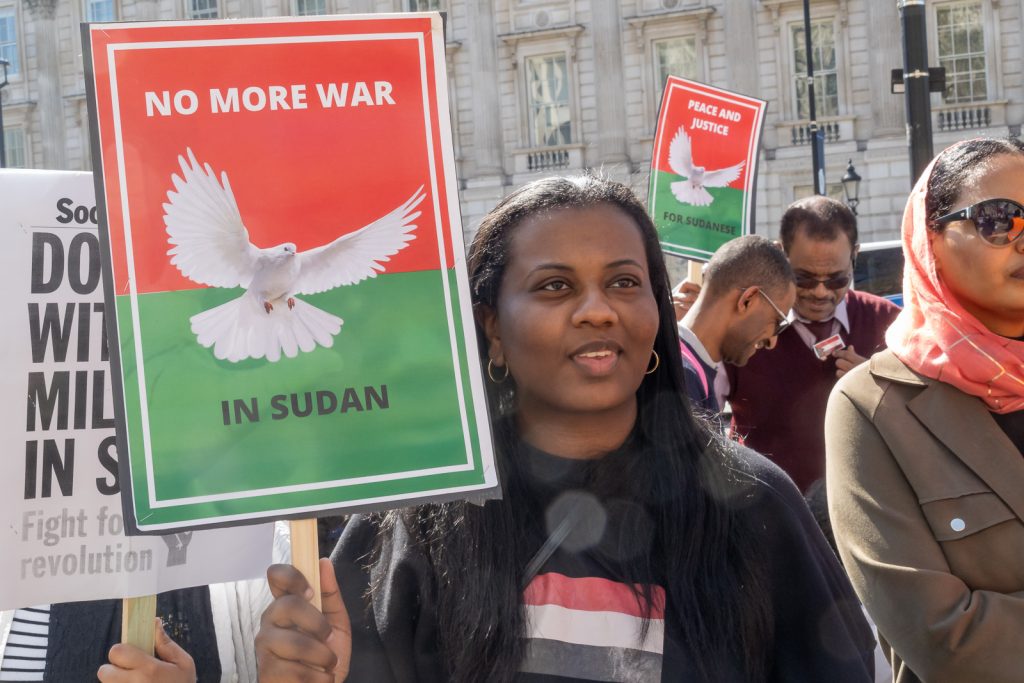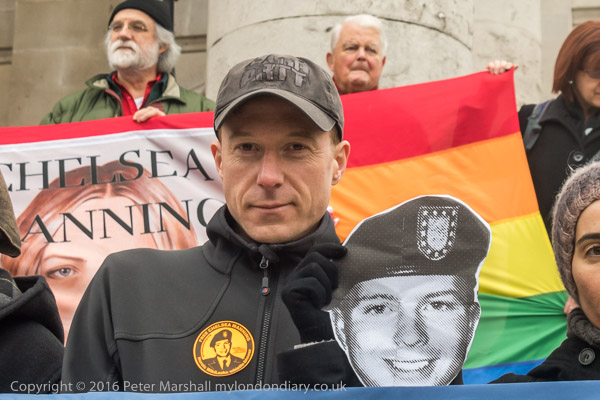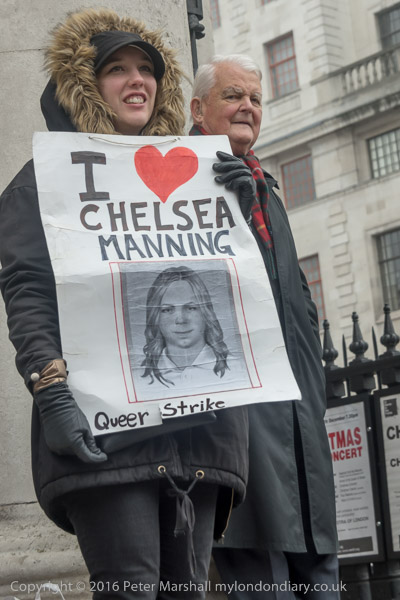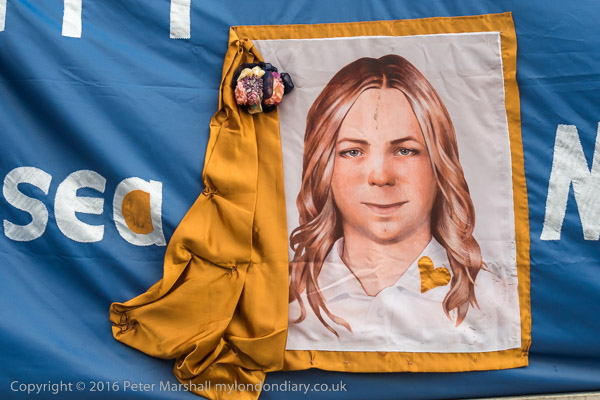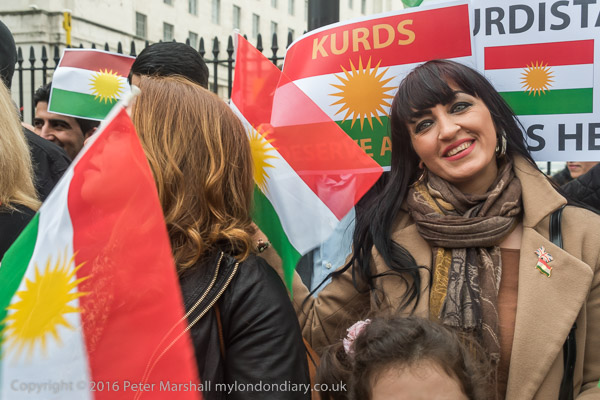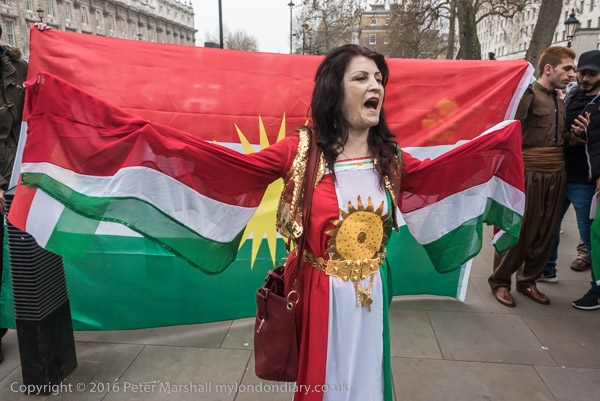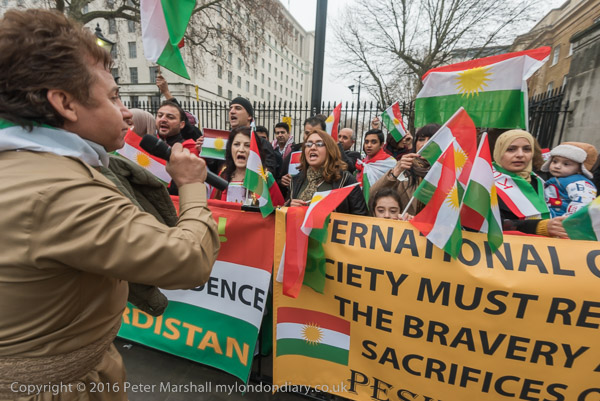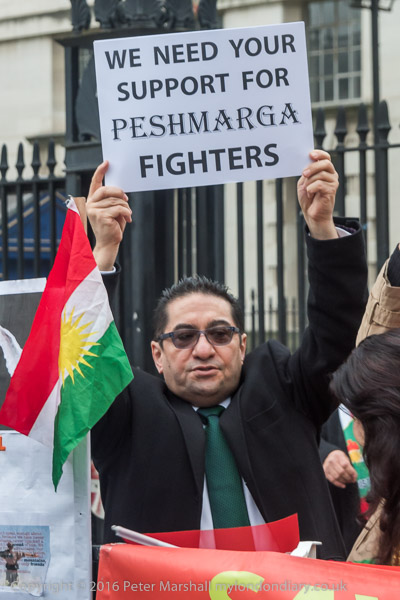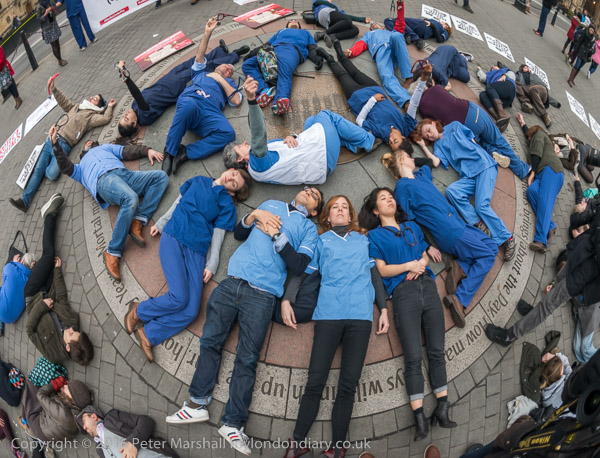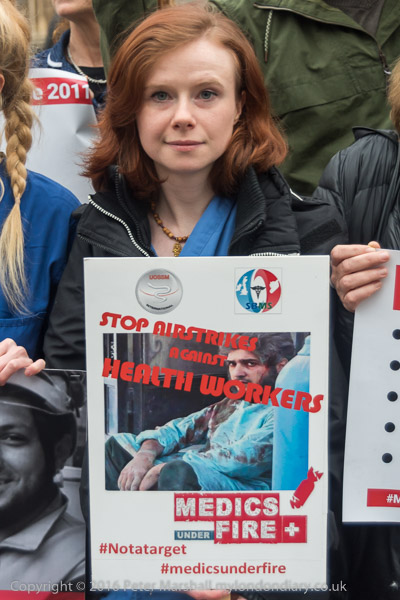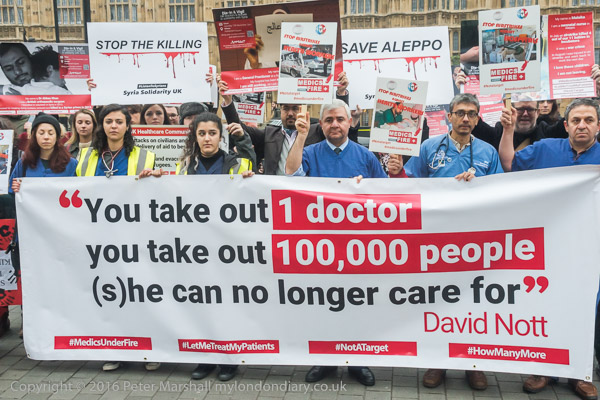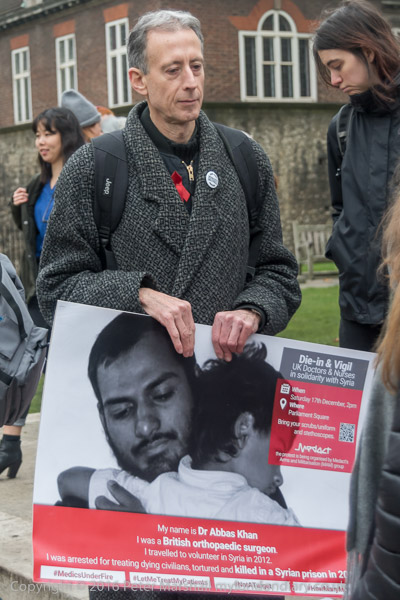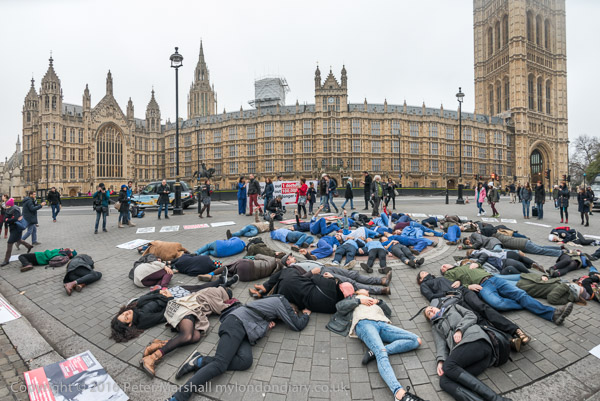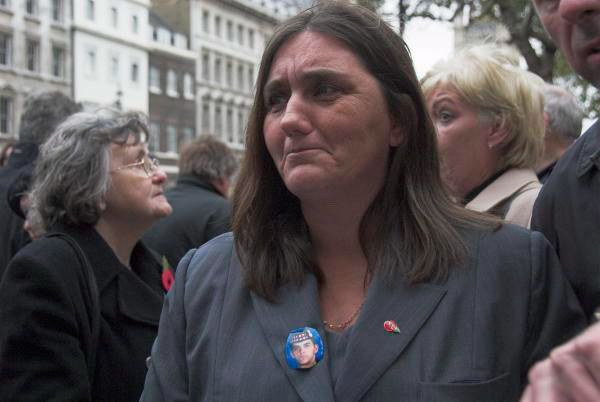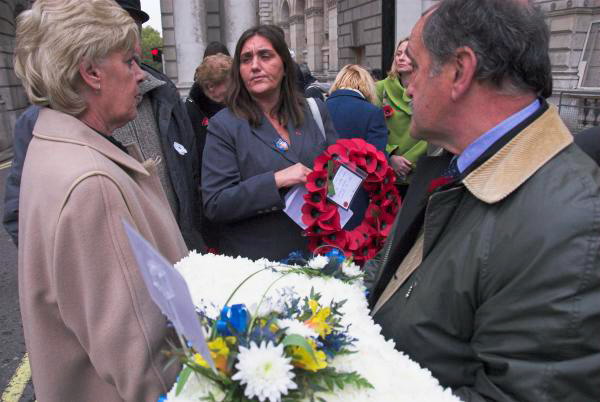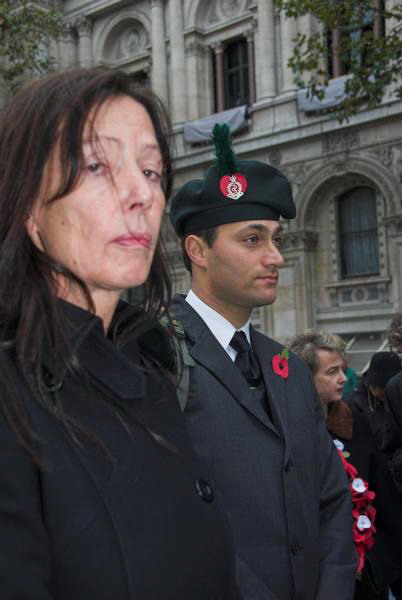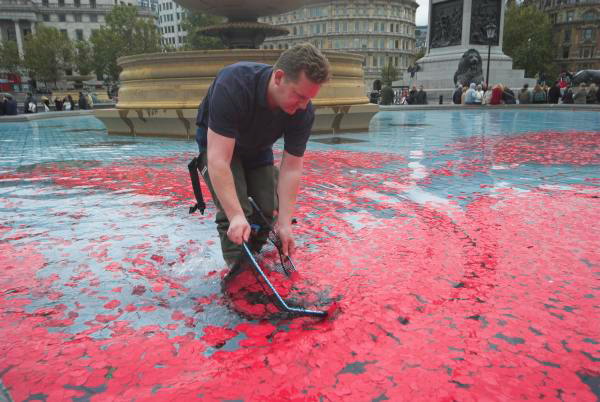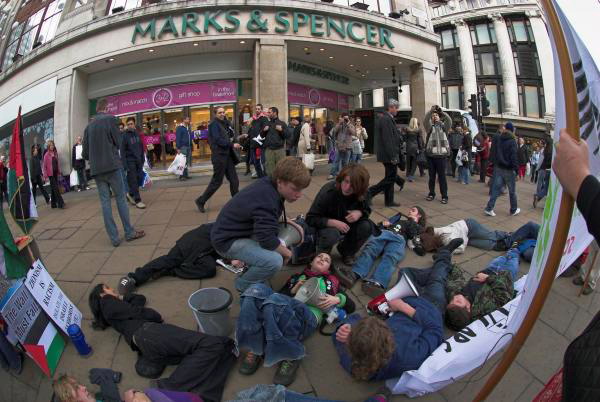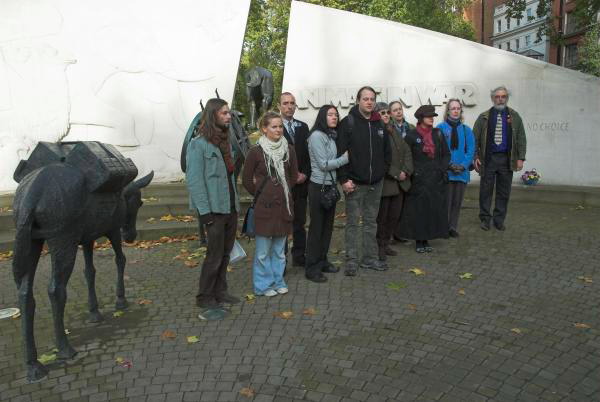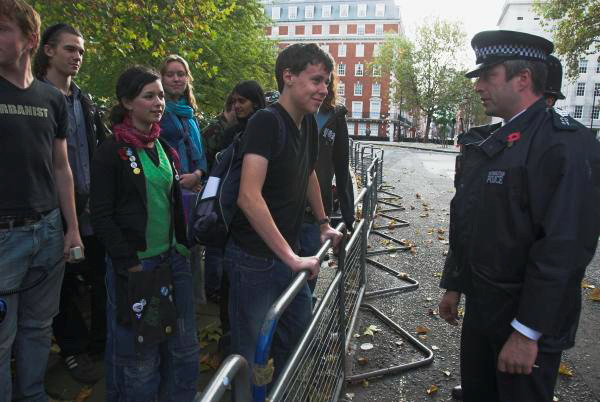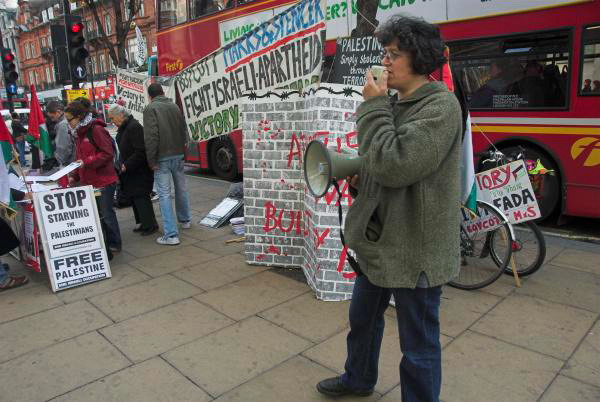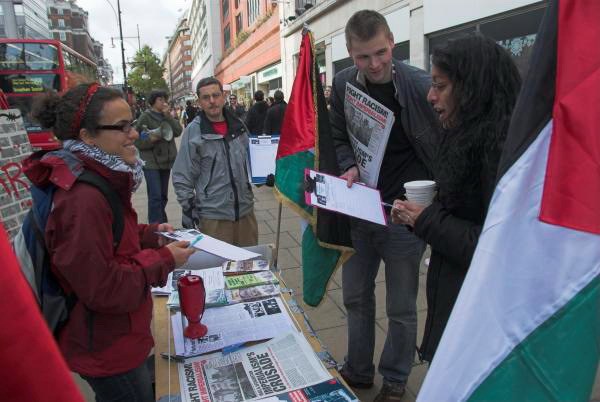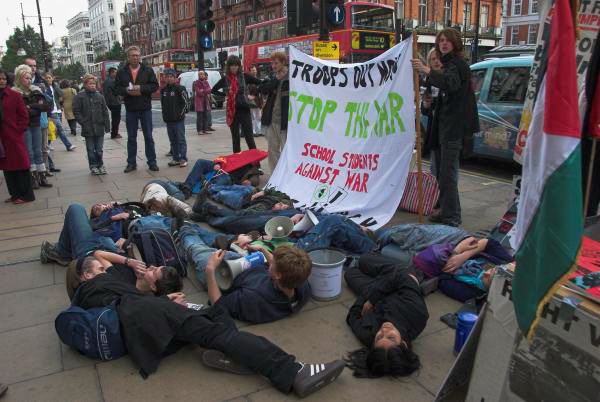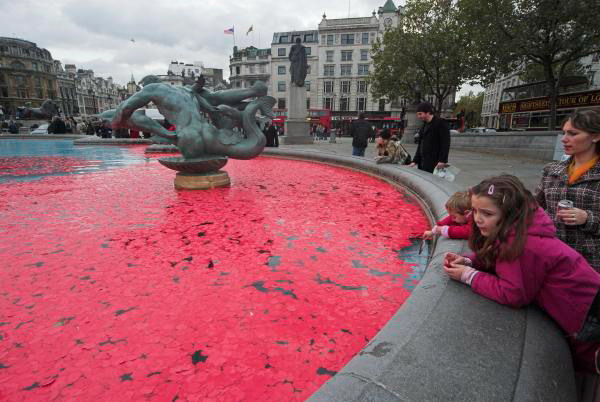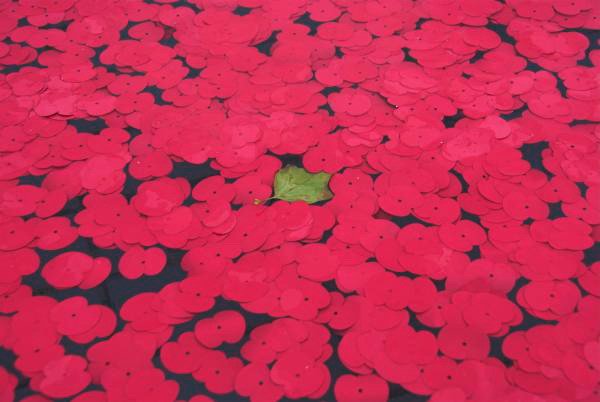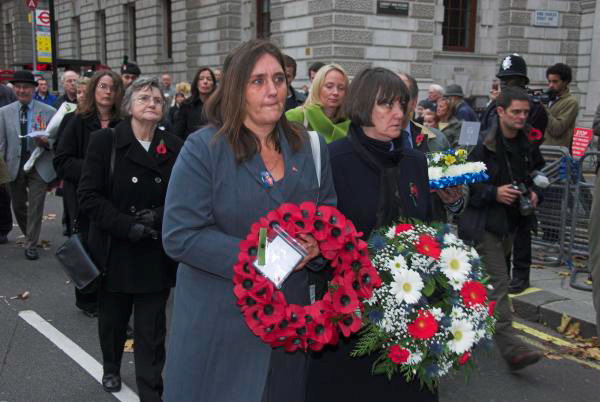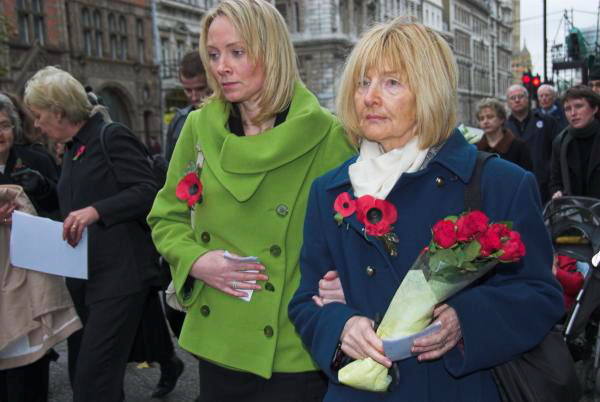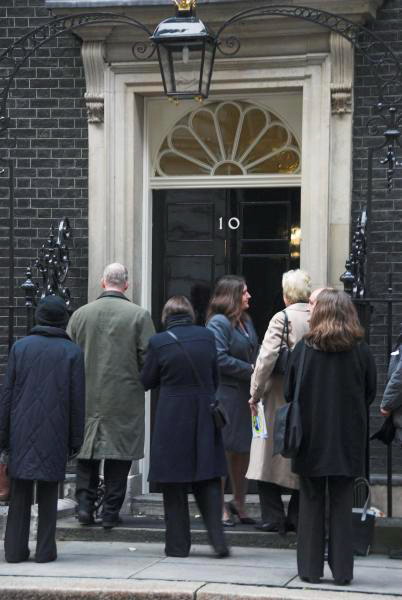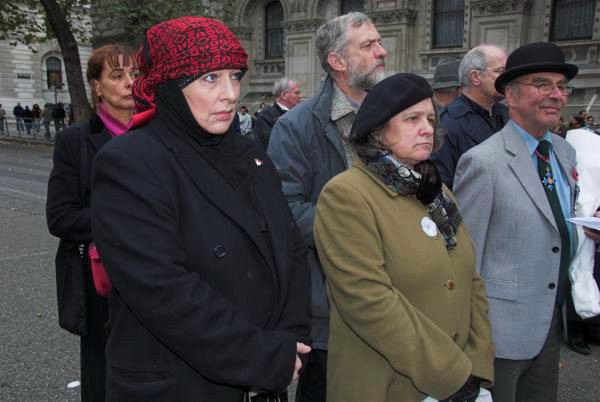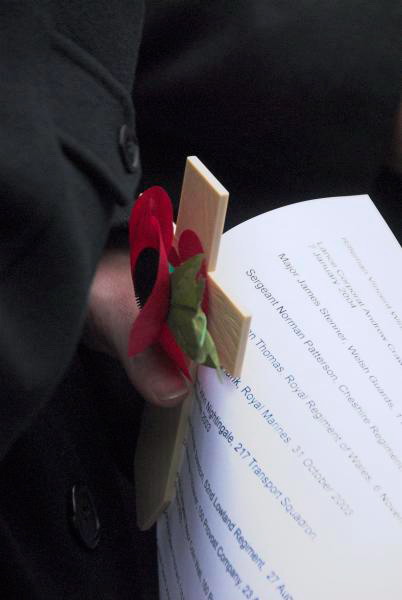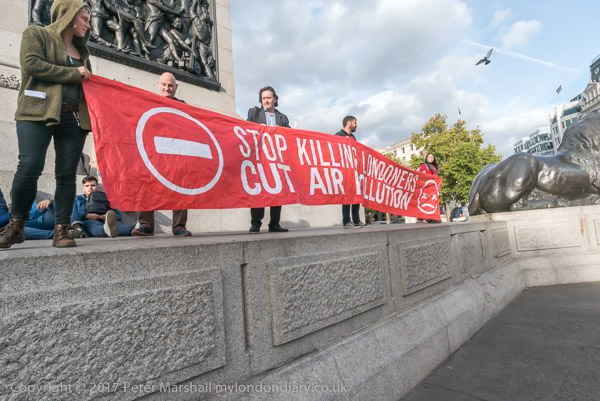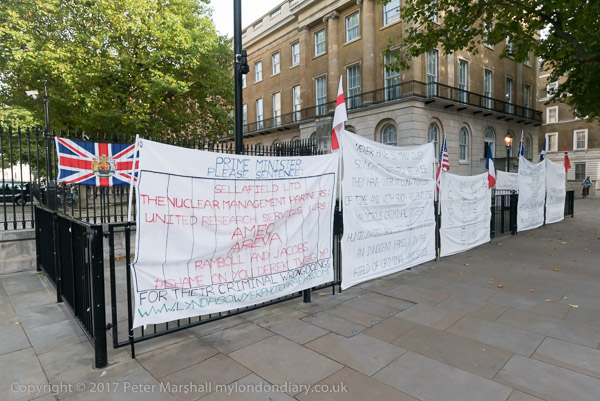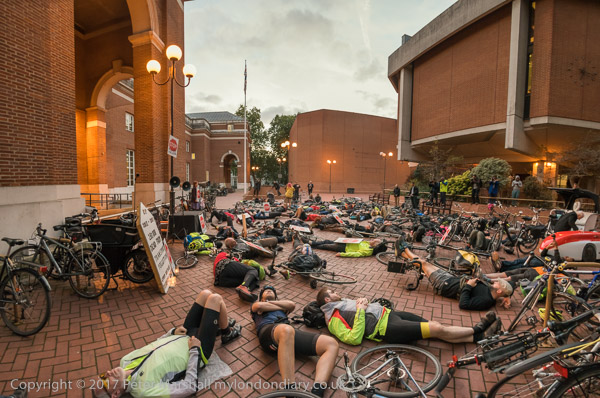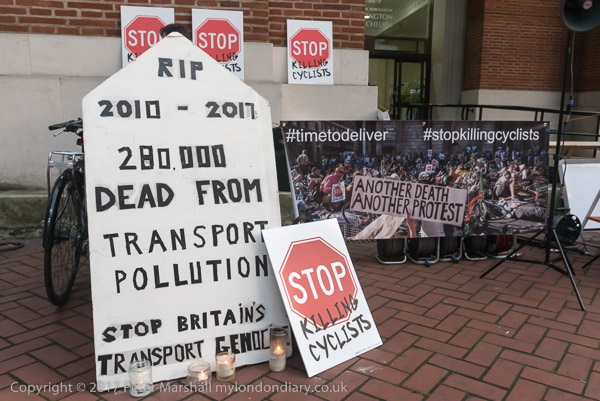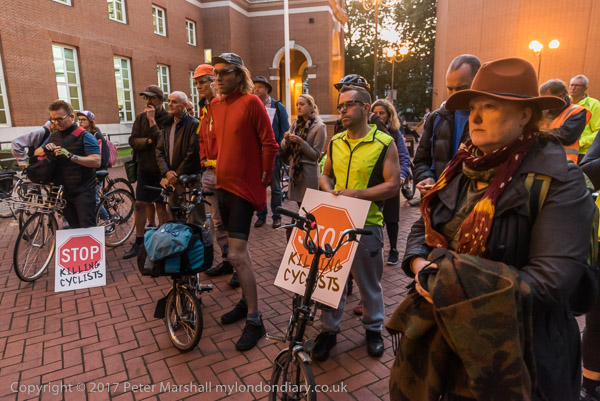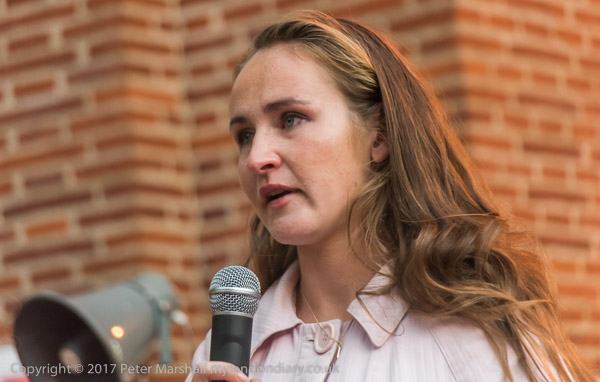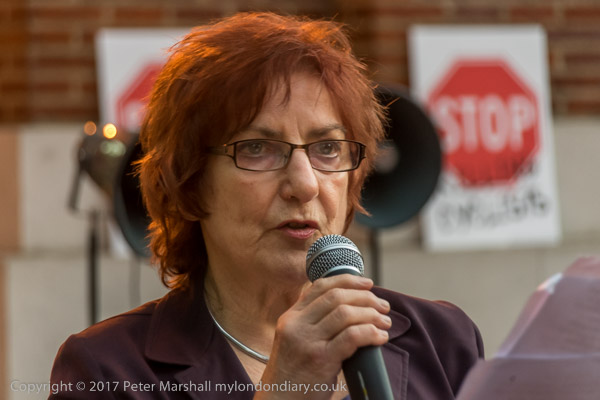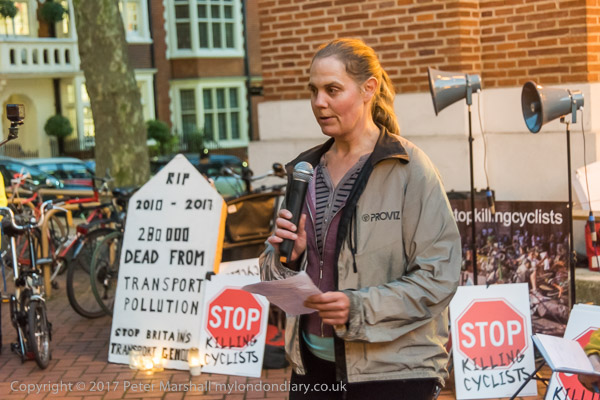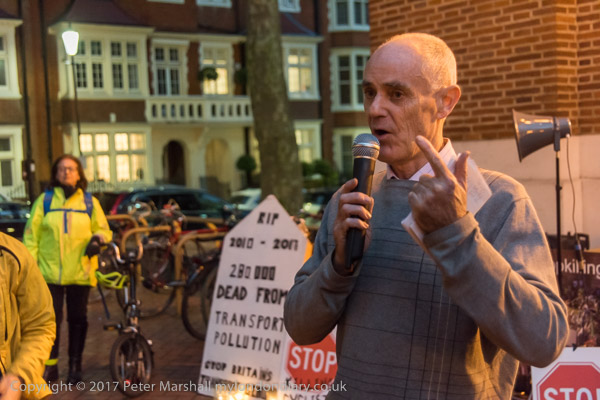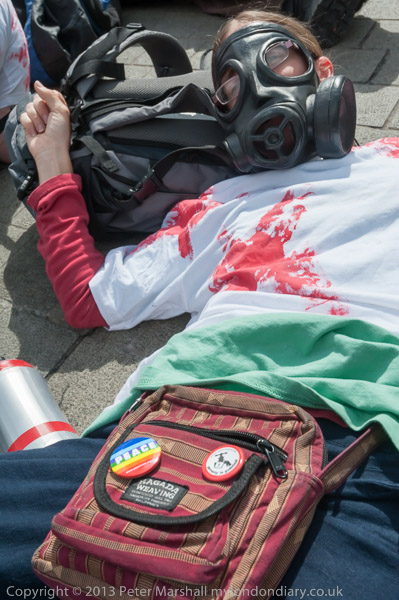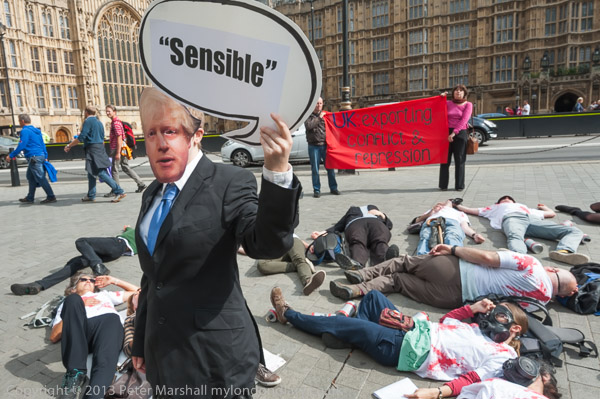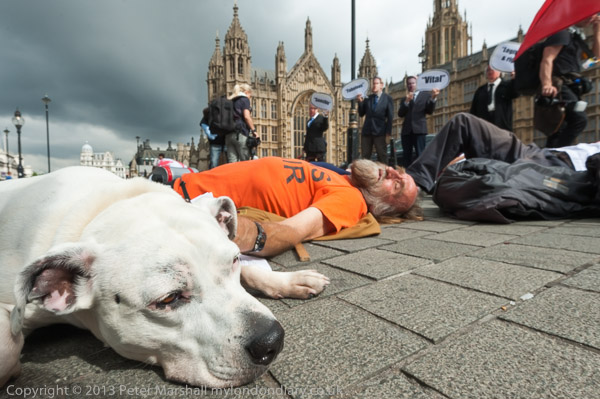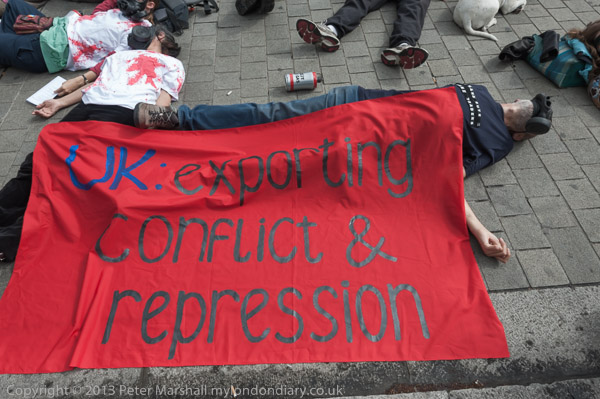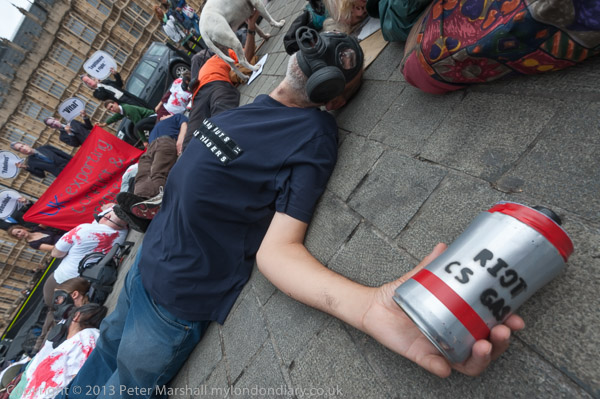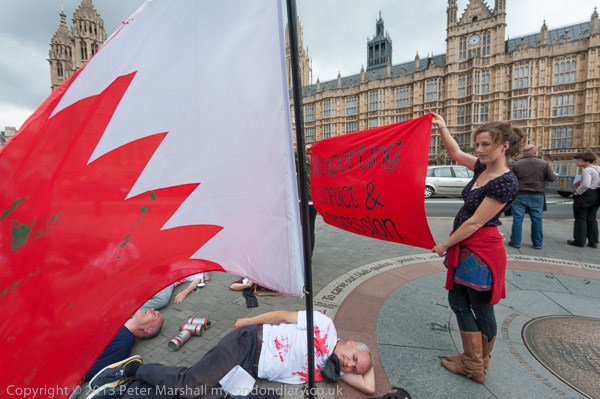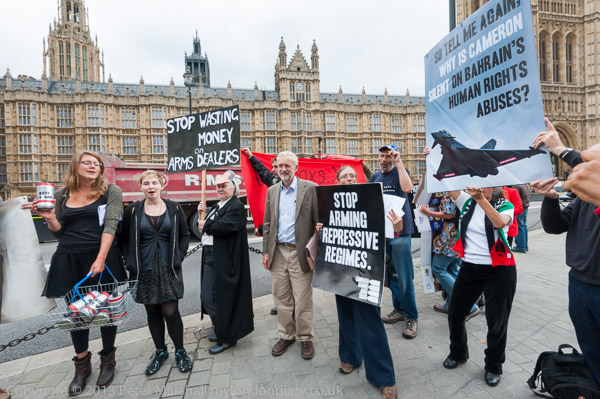Free Syria & Keep the NHS Public: On Tuesday May 17th 2011 I photographed two protests, a march against the continuing privatisation of parts of our NHS and the Health & Social Care Bill then going through parliament, and a protest at Downing Street calling for the government to support the revolution against the Assad regime in Syria and work to end the bloodshed taking place there.

Fourteen years later the NHS is still under threat with more and more of its services being taken over by private healthcare companies, and although some changes have been made to the disastrous ‘reforms’ introduced under Andrew Lansley but implemented by Jeremy Hunt who later called the fragmentation that it caused ‘frankly, completely ridiculous’ and tried hard to ignore much of it.

What Hunt thought was the only successful part of the Act was that it established the independence of NHS England from the government. On 13th March 2025 the Labour government announced they were scropping NHS England, putting the NHS firmly under the control of Prime Minister Keir Starmer and Health Secretary Wes Streeting, two men who one of my Facebook friends posted should not be in charge of a first aid kit let alone the NHS. If only, many of us think, had Leanne Mohamad got another 529 votes in Ilforn North in 2024 and she had become the MP for Ilford North rather than Streeting. It was perhaps the greatest disappointment of that General Election.
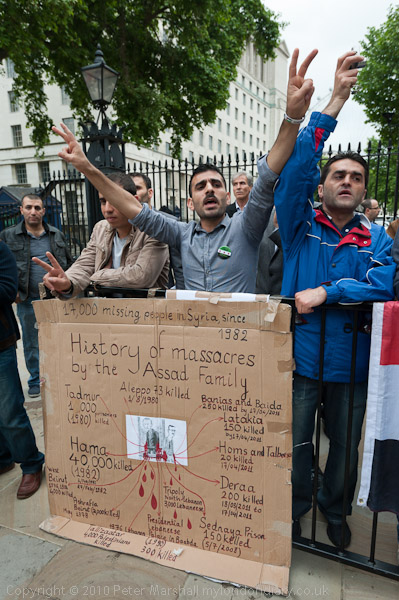
Both Britain and the USA failed to support the Arab Spring in Syria with much more than weak words and when Russian put the forces behind Assad his survival was ensured until finally ousted by Hay’at Tahrir al-Sham (HTS) and others after 13 years of brutal civil war in December 2024.
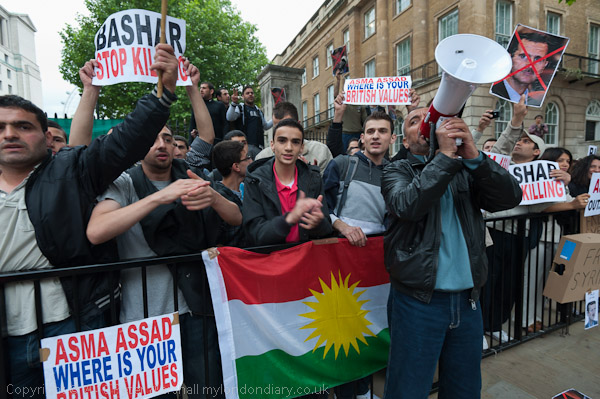
The US gave some support to the Kurds to enable them to defeat ISIS (Islamic State of Iraq and al-Sham) despite the support ISIS received from our NATO ally Turkey. But by 2024 lamost half a million Syrians had been killed and around 6.7 million refugees had fled Syria with another 5 million internally displaced. And Turkey had taken advantage of the situation to invade and occupy some largely Kurdish areas.
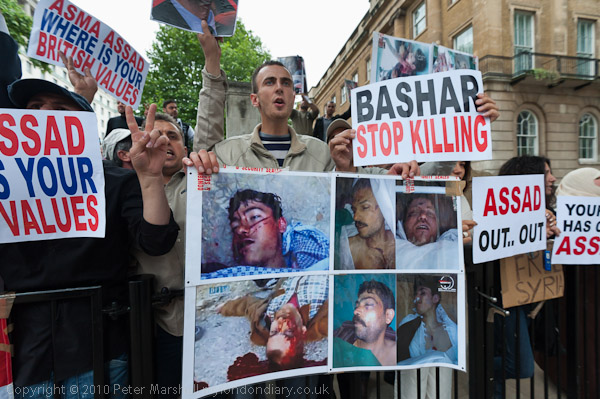
In deference to Turkey, the UK government proscribed the Partiya Karkeren Kurdistani (PKK) or Kurdish Workers Party in 2001, later adding a whole list of other names it used, KADEK, Kongra Gele Kurdistan, Teyre Azadiye Kurdistan (TAK) and Hezen Parastina Gel (HPG). For some years the PKK had moved from fighting for an independent state of Kurdistan to calling for greater autonomy and civil rights for Kurds in Turkey and a few days ago at a PKK conference it announced it was to disband and disarm.
Keep The NHS Public – UCH Euston Road to Whitehall
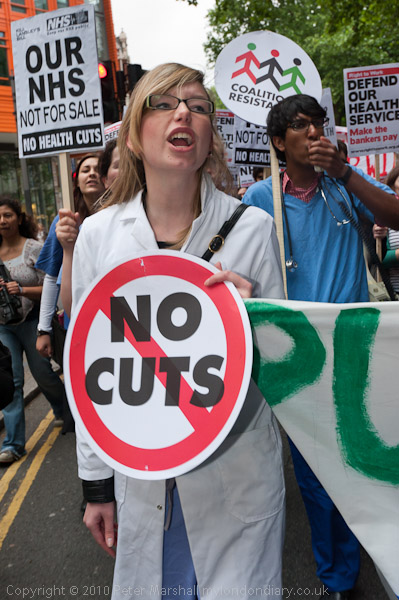
Over a thousand people, including many medical professionals and medical students, marched through London to show their opposition to government reforms which threatens jobs and many feel would destroy the NHS.
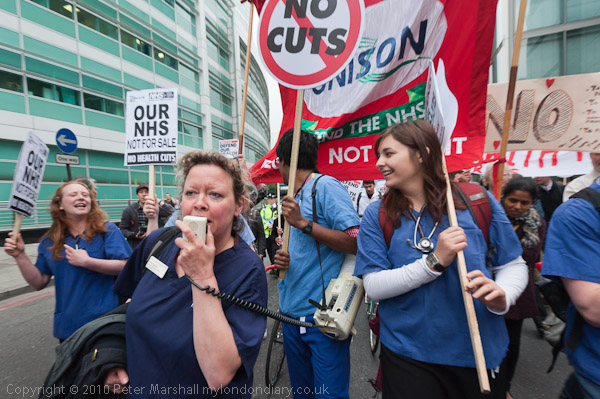
After a rally at University College Hospital on Euston Road the march, the second large march in London aimed at saving the NHS and killing Andrew Lansley’s Health & Social Care Bill, set off for Westminster.

There was a brief ‘die-in’ at Cambridge Circus and a small ‘sit-in’ outside Downing Street before the marchers held a final rally in front of the Department of Health at Richmond House before dispersing.

You can read a fuller account of the protest and see many more pictures on My London Diary at Keep The NHS Public.
Syrians Ask For Support at Downing St
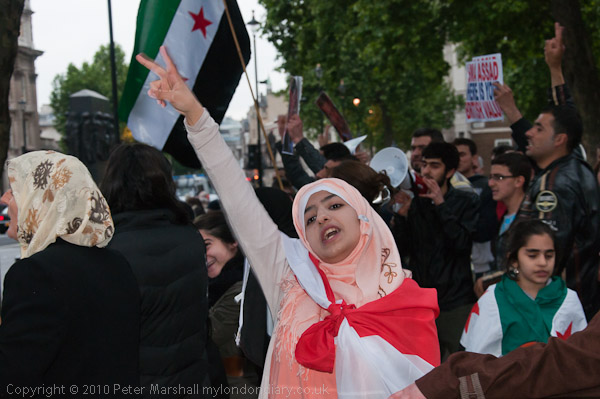
Syrians supporting the ‘People’s Revolution’ in their country called for support from the British people and government to support their demands for reform and to stop the bloodshed in Syria.
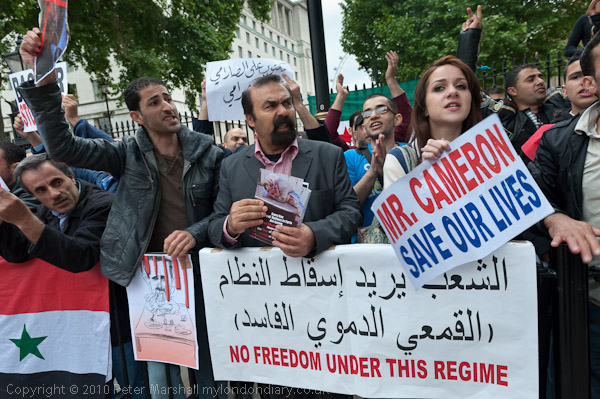
A large group of Syrians including Kurds from Northern Syria called for support from David Cameron and the British people for the Syrian people.
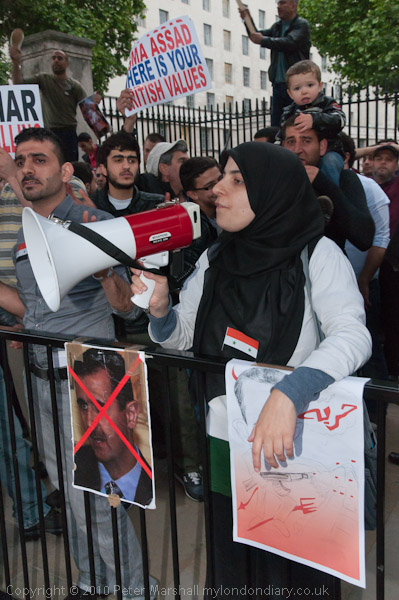
Since demonstrations for political and economic freedom and an end to the tyranny and bloodshed of the Assad regime started in Syria on March 15th 2011, more than 800 innocent protesters have been killed, over 2000 injured and many more detained.
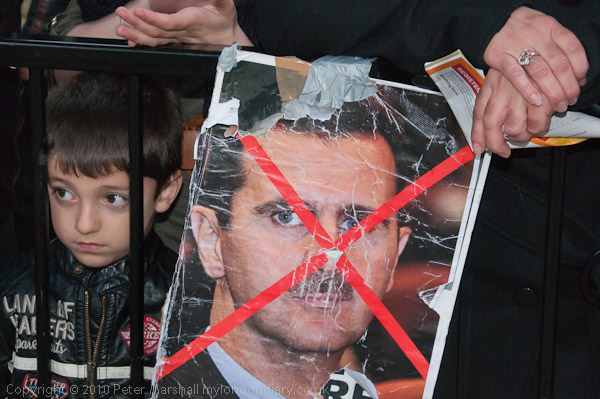
Assad’s father Hafez al-Assad was president of Syria from 1971 until he died in 2000, and was responsible for many deaths and disappearances, including a massacre of 40,000 people at Hama in 1982. His son Bashar Al-Assad, nicknamed as ‘The Butcher’ continued the “arbitrary arrests and detention, torture, extrajudicial killings, enforced disappearances, rape, and mass surveillance.”
More about the protest and many more pictures at Syrians Ask For Support.
Flickr – Facebook – My London Diary – Hull Photos – Lea Valley – Paris
London’s Industrial Heritage – London Photos
All photographs on this page are copyright © Peter Marshall.
Contact me to buy prints or licence to reproduce.

